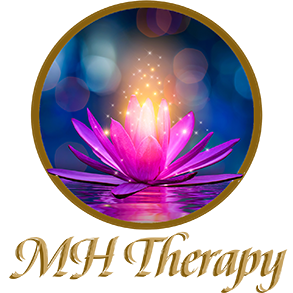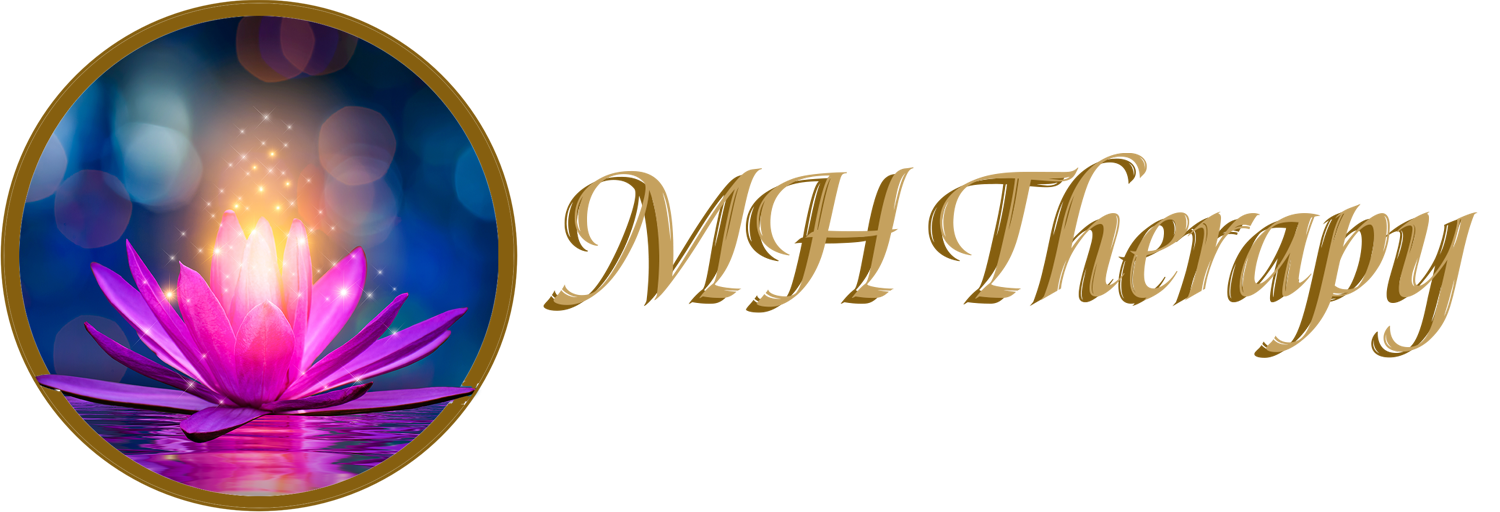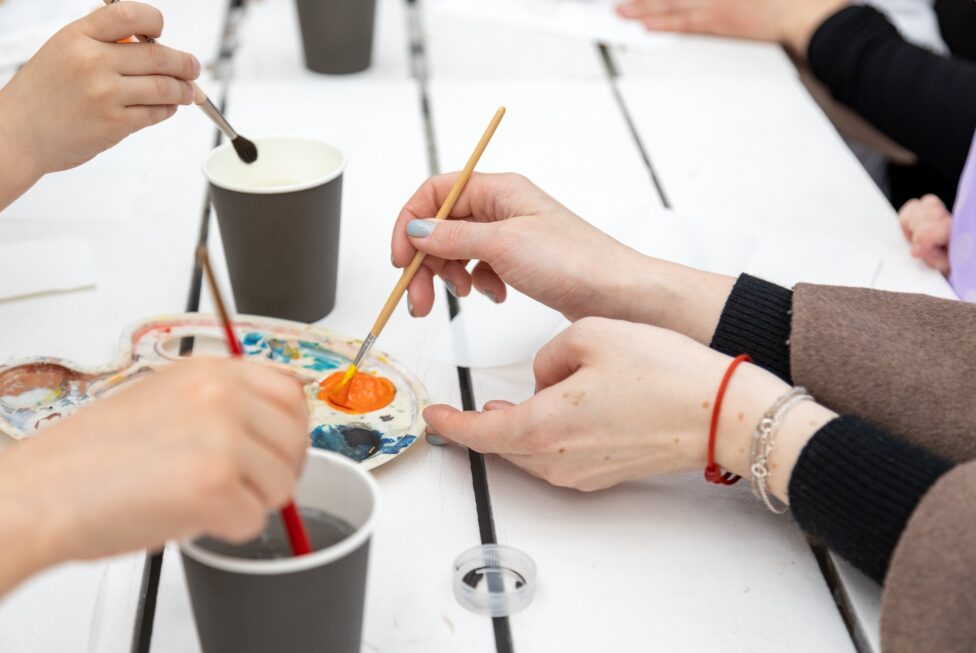In a world filled with the hustle and bustle of daily life, stress, and emotional turmoil, finding an outlet for healing and self-expression is paramount. Art therapy, a unique form of therapeutic intervention, has gained recognition for its ability to unlock emotional healing through the creative process. This article explores the world of art therapy, its benefits, and how it serves as a powerful tool for emotional well-being.
The Creative Journey to Healing
Art therapy is a form of psychotherapy that utilizes the creative process of making art to improve and enhance one’s physical, mental, and emotional well-being. It provides individuals with a non-verbal outlet for expression, allowing them to communicate, explore, and understand their thoughts and emotions through art. The creative journey can include painting, drawing, sculpting, and various other artistic techniques.
The Therapeutic Process
The therapeutic process in art therapy involves working with a trained and credentialed art therapist. Sessions are designed to help individuals confront their inner struggles, understand their feelings, and promote personal growth. Participants are encouraged to use art to express themselves freely, without judgment or criticism.
Benefits of Art Therapy
Emotional Expression:
Art therapy provides a safe space for emotional expression. When words may be insufficient or difficult to find, art becomes a language of its own, helping individuals explore and convey complex emotions.
Stress Reduction:
Engaging in the creative process can be inherently relaxing. The act of creating art can reduce stress levels and promote a sense of calm and mindfulness.
Self-Discovery:
Through art therapy, individuals often discover hidden strengths and resilience. The process of creating art can uncover deep-seated emotions and beliefs, leading to increased self-awareness.
Improved Self-Esteem:
As individuals create and complete art projects, they often experience a sense of accomplishment and improved self-esteem.
Catharsis:
Art therapy allows participants to release pent-up emotions, offering a cathartic experience. This emotional release can be transformative and therapeutic.
Communication Skills:
Art therapy can enhance communication skills, making it easier for individuals to express their emotions and thoughts verbally.
Healing Trauma:
Art therapy has shown to be effective in helping individuals process and heal from traumatic experiences. It offers a gentle, non-invasive way to address painful memories.
The Creative Process and Healing
Art therapy leverages the inherent therapeutic qualities of the creative process:
Mindfulness:
Engaging in art-making requires concentration, promoting mindfulness and encouraging individuals to focus on the present moment.
Visualization:
Art therapy often involves creating visual representations of one’s emotions and experiences, providing a different perspective that can aid in processing feelings.
Metaphor:
Art can serve as a metaphor for personal experiences. The creation of art can reflect the broader journey of life and healing.
Who Can Benefit from Art Therapy?
Art therapy is a versatile form of therapy that can benefit people of all ages and backgrounds. It’s particularly helpful for:
Individuals dealing with stress, anxiety, or depression.
Children and adolescents who find it challenging to express themselves verbally.
Survivors of trauma or abuse.
People coping with grief or loss.
Those seeking personal growth and self-discovery.
Professional Art Therapy vs. Personal Art Practice
It’s important to note that while engaging in art as a form of personal expression can be therapeutic, it differs from professional art therapy facilitated by trained therapists. Art therapists possess specialized knowledge in psychology, human development, and the healing potential of art. They are skilled in guiding individuals through the therapeutic process, making it a safer and more structured experience.
Getting Started with Art Therapy
Find an Art Therapist: To experience the full benefits of art therapy, seek a credentialed and experienced art therapist. They can help you address specific emotional concerns.
Create a Safe Space: Set up a comfortable and quiet space for your art-making. Ensure you have all the necessary art supplies.
Start with an Open Mind: Approach art therapy with an open and non-judgmental mind. There are no right or wrong ways to create art in this context.
Explore Different Techniques: Experiment with various art techniques. Whether it’s painting, drawing, sculpting, or collage, explore what feels most comfortable and expressive to you.
Reflect on Your Creations: After each art therapy session, take time to reflect on what you’ve created. What do the colors, shapes, and images represent to you?
In Conclusion
Art therapy provides a powerful avenue for emotional healing and self-expression. By tapping into the creative process, individuals can explore and process their emotions in a safe and supportive environment. It’s a journey of self-discovery, personal growth, and healing that empowers individuals to embrace their emotional well-being. So, if you’re looking for a unique and effective way to unleash your creativity for emotional healing, consider giving art therapy a try.
Unleash your inner artist and embark on a journey of emotional healing and self-discovery through art therapy.



